New Details on Extension to Canada Emergency Rent Subsidy
The Canada Emergency Rent Support (CERS) is now open for applications to help businesses impacted by the COVID-19 pandemic to pay rent and mortgage interest. Read below for info and then click here to apply.
This is a distinct program unrelated to the Canada Emergency Commercial Rental Assistance Program from earlier in 2020.
This program provides rent and mortgage interest support to tenants and property owners until October 23, 2021 for qualifying organizations affected by COVID-19. This support would flow to the tenant directly, removing landlords from the equation, something the Burnaby Board of Trade has been advocating for.
- Dates:
NEW – CERS would provide up a subsidy of up to 65% of eligible rent/mortgage expenses per qualifying period. The qualifying periods have been extended to October 23, 2021, and they are:- September 27 to October 24, 2020
October 25 to November 21, 2020
November 22 to December 19, 2020
December 20, 2020 to January 16, 2021
January 17, 2021 to February 13, 2021
February 14, 2021 to March 13, 2021
March 14, 2021 to April 10, 2021
April 11, 2021 to May 8, 2021
May 9, 2021 to June 5, 2021
June 6, 2021 to July 3, 2021
July 4, 2021 to July 31, 2021
August 1, 2021 to August 28, 2021
August 29, 2021 to September 25, 2021
September 26, 2021 to October 23, 2021
- September 27 to October 24, 2020
- Amount of Subsidy
For periods up to an including the June 6 to July 3 period, the amount of rent subsidy a business is eligible for is related to the amount of revenue declines they are experiencing. This works very similarly to the current Canada Emergency Wage Subsidy calculations:- Revenue declines of:
- 70% and more = 65% rent subsidy
- 50% to 69% declines = 40% + [ (your revenue drop % – 50%) x 1.25 ] rent subsidy
- Example: A Burnaby catering company experiencing a 55% revenue decline would receive a 46.25% rent subsidy 40% + [ (55% – 50%) x 1.25 ] = 46.25%
- 1% to 49% declines = Your revenue drop % x 0.8 rent subsidy
- Example: A Burnaby bakery with a 25% revenue drop would receive a 20% rent subsidy (25% revenue declines x 0.8 = 20% rent subsidy)
- NEW – For the periods starting July 4, 2021, applicants must have at least 10% declines in gross revenues to be eligible
- NEW – For the periods from July 4, 2021 through October 23, 2021, the rent subsidy will taper off:
- For July 4 to July 31 period:
- Decline of 70% or more = 60% rent subsidy
- Decline of 50% to 69% = 35% + (revenue decline – 50%) x 1.25
- Decline of 10% to 50% = (Revenue decline – 10%) x 0.875
- For August 1 – August 28, 2021
- Decline of 70% or more = 40% rent subsidy
- Decline of 50% to 69% = 25% + (revenue decline – 50%) x 0.75
- Decline of 10% to 50% = (Revenue decline – 10%) x 0.625
- For August 29 – September 25, 2021
- Decline of 70% or more = 40% rent subsidy
- Decline of 50% to 69% = 25% + (revenue decline – 50%) x 0.75
- Decline of 10% to 50% = (Revenue decline – 10%) x 0.625
- For September 26 – October 23, 2021
- Decline of 70% or more = 20% rent subsidy
- Decline of 50% to 69% = 10% + (revenue decline – 50%) x 0.5
- Decline of 10% to 50% = (Revenue decline – 10%) x 0.25
- For July 4 to July 31 period:
- Eligible Rental Expenses:
- Rent expenses eligible to be subsidized include commercial rent, property taxes (including school taxes and municipal taxes), property insurance, and interest on commercial mortgages (subject to limits), less any subleasing revenues. Any sales tax (e.g., GST/HST) component of these costs would not be an eligible expense.
- Property must be in Canada and a lease/Mortgage must have been in place prior to October 9, 2020
- Expenses related to residential property are not eligible.
- Expenses for each qualifying period would be capped at $75,000 per location and be subject to an overall cap of $300,000 that would be shared among affiliated entities per period
- Eligibility:
- Eligible entities include individuals, taxable corporations and trusts, non-profit organizations and registered charities. Eligibility is also extended to non-public colleges or schools, registered Canadian amateur athletic associations, and partnerships with non-eligible partners (as long as they do not control more than 50%).
- For periods up to and including the June 5 to July 3, 2021 period, applicants must have some level of gross revenue declines to be eligible.
- NEW – For the periods starting July 4, 2021, applicants must have at least 10% declines in gross revenues to be eligible
- Determining Revenue Declines:
- You can either compare your gross income for the corresponding months against the same months in 2019, or you can opt to compare it with the average of January and February 2020 revenues.
- You must use the same comparison method for the rent subsidy as you do for the Canada Emergency Wage Subsidy, if using that program
- When comparing revenues year over year, you would look at the two months corresponding to the period you are applying for, and use the month with the greater decline in revenue and compare that against the same month in 2019.
Period Months To Compare Current Revenue Against Sept 27 to Oct 24, 2020 September 2019 or October 2019 Oct 25 to Nov 21, 2020 October 2019 or November 2019 Nov 22 to Dec 19, 2020 November 2019 or December 2019 Dec 20, 2020 to Jan 16, 2021 November 2019 or December 2019 Jan 17, 2021 to Feb 13, 2021 December 2019 or January 2020 Feb 14, 2021 to March 13, 2021 January 2020 or February 2020 March 14, 2021 to April 10, 2021 February 2020 or March 2019 April 11, 2021 to May 8, 2021 March 2019 or April 2019 May 9, 2021 to June 5, 2021 April 2019 or May 2019 June 6, 2021 to July 3, 2021 May 2019 or June 2019 July 4, 2021 to July 31, 2021 June 2019 or July 2019 August 1, 2021 to August 28, 2021 July 2019 or August 2019 August 29, 2021 to September 25, 2021 August 2019 or September 2019 September 26 to October 23, 2021 September 2019 or October 2019 - When comparing revenues against the Jan/Feb 2020 average, you would look at the two months corresponding to the period you are applying for, and use the month with the greater decline in revenue to compare against the average of your Jan/Feb 2020 gross revenues:
Period Months of Current Revenue to Compare Against Jan/Feb 2020 Average Sept 27 to Oct 24, 2020 Lower of September 2020 and October 2020 Oct 25 to Nov 21, 2020 Lower of October 2020 and November 2020 Nov 22 to Dec 19, 2020 Lower of November 2020 and December 2020 Dec 20, 2020 to Jan 16, 2021 Lower of November 2020 and December 2020 Jan 17, 2021 to Feb 13, 2021 Lower of December 2020 and January 2021 Feb 14, 2021 to March 13, 2021 Lower of January 2021 and February 2021 March 14, 2021 to April 10, 2021 Lower of March 2021 and February 2021 April 11, 2021 to May 8, 2021 Lower of April 2021 and March 2021 May 9, 2021 to June 5, 2021 Lower of May 2021 and April 2021 June 6, 2021 to July 3, 2021 Lower of June 2021 and May 2021 July 4, 2021 to July 31, 2021 Lower of July 2021 and June 2021 August 1 to August 28, 2021 Lower of August 2021 and July 2021 August 29 – September 25, 2021 Lower of September 2021 and August 2021 September 26 – October 23, 2021 Lower of October 2021 and September 2021
- Lockdown Support Top-Up
- A new Lockdown Support would provide an additional 25% through the CERS for organizations that are subject to a lockdown and must shut their doors or significantly limit their activities under a public health order, bringing their total support to a maximum of 90%.
- To qualify for the lockdown support, the business must be subject to a public health order or restriction that either completely shuts down the location; or requires it to cease some or all of the activities at the location and it is reasonable to conclude that the ceased activities account for at least 25% of revenues
- The order must also be in place for at least one week and must restrict certain types of activities, not just the extent of activities. For example, an order that closes a bar would be eligible, but an order that limits business hours would not.
- The 25% lockdown support would be granted in full when a business meets the criteria and is granted in addition to any base rent support.






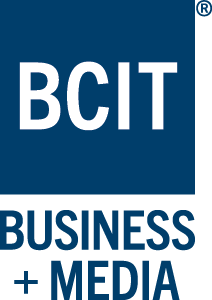







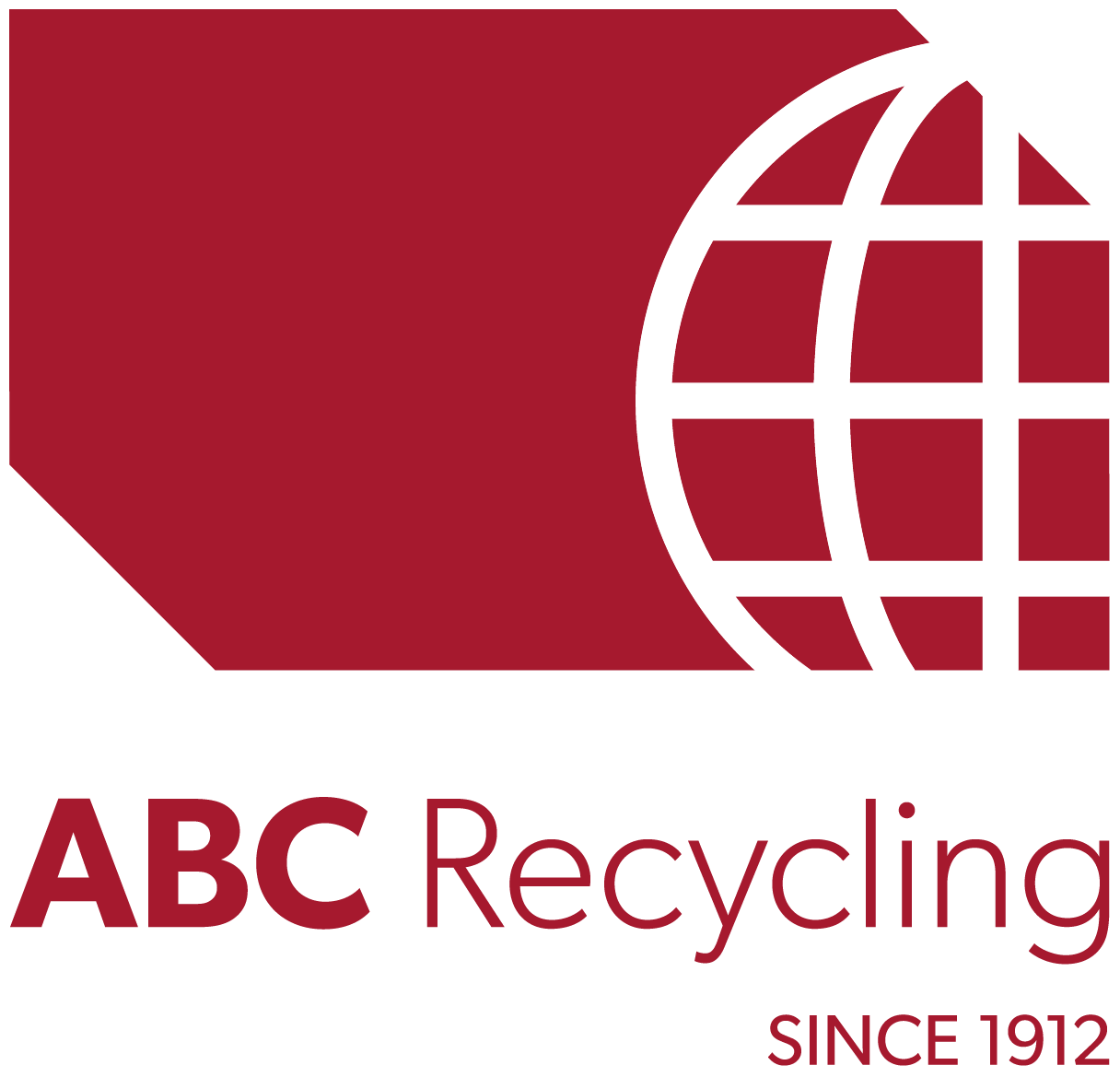
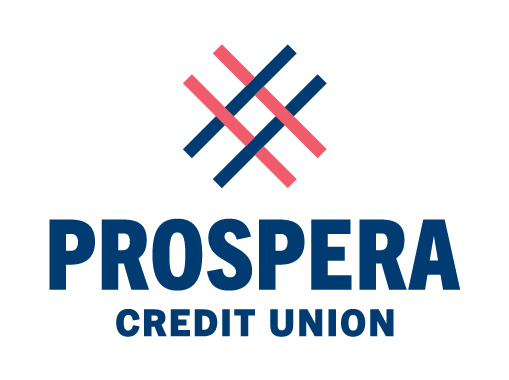
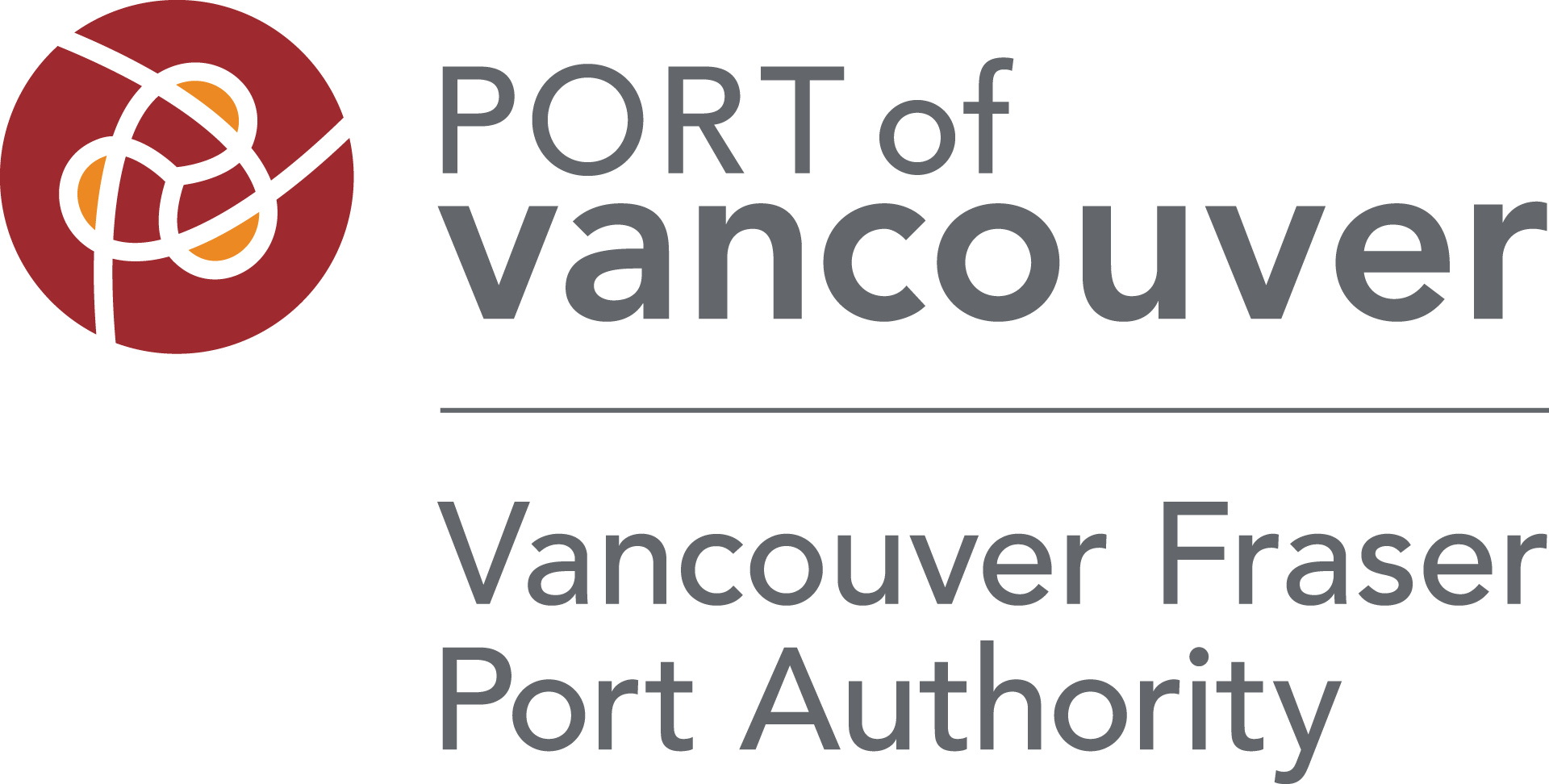

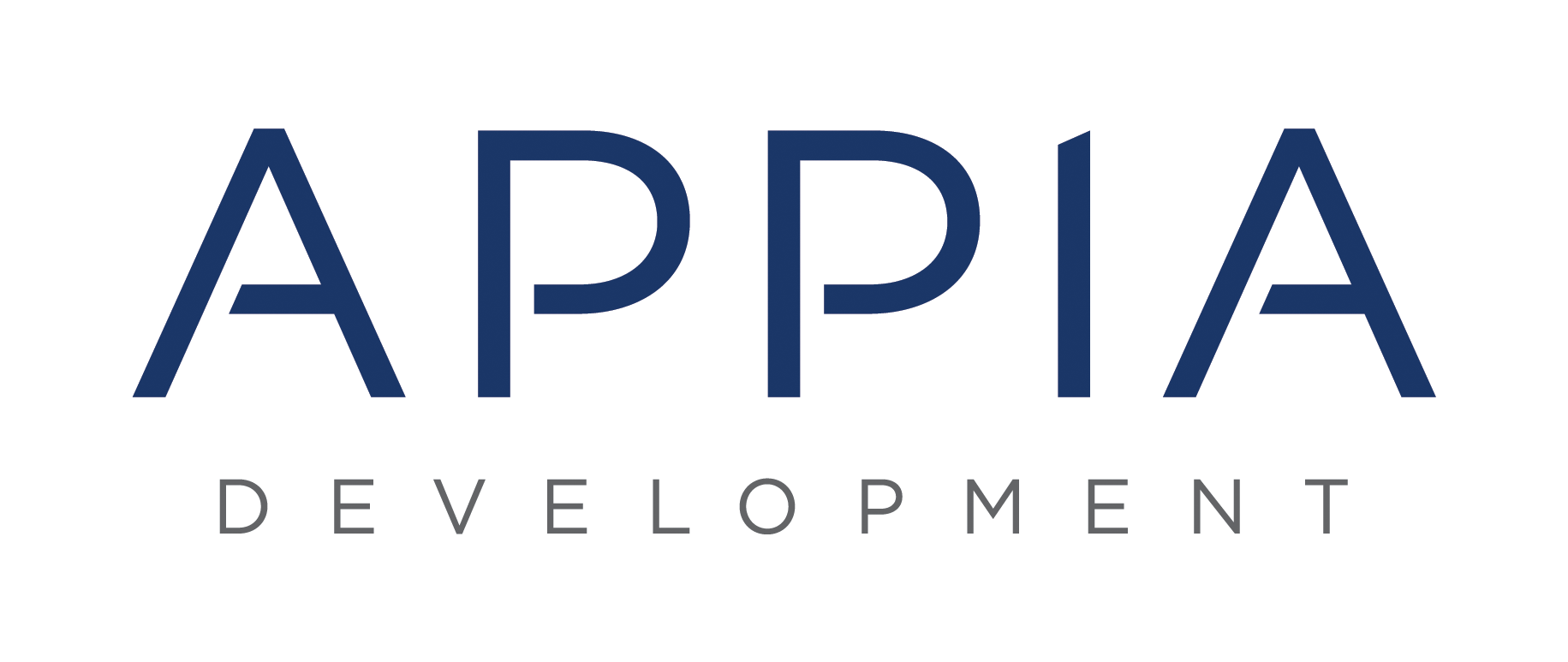
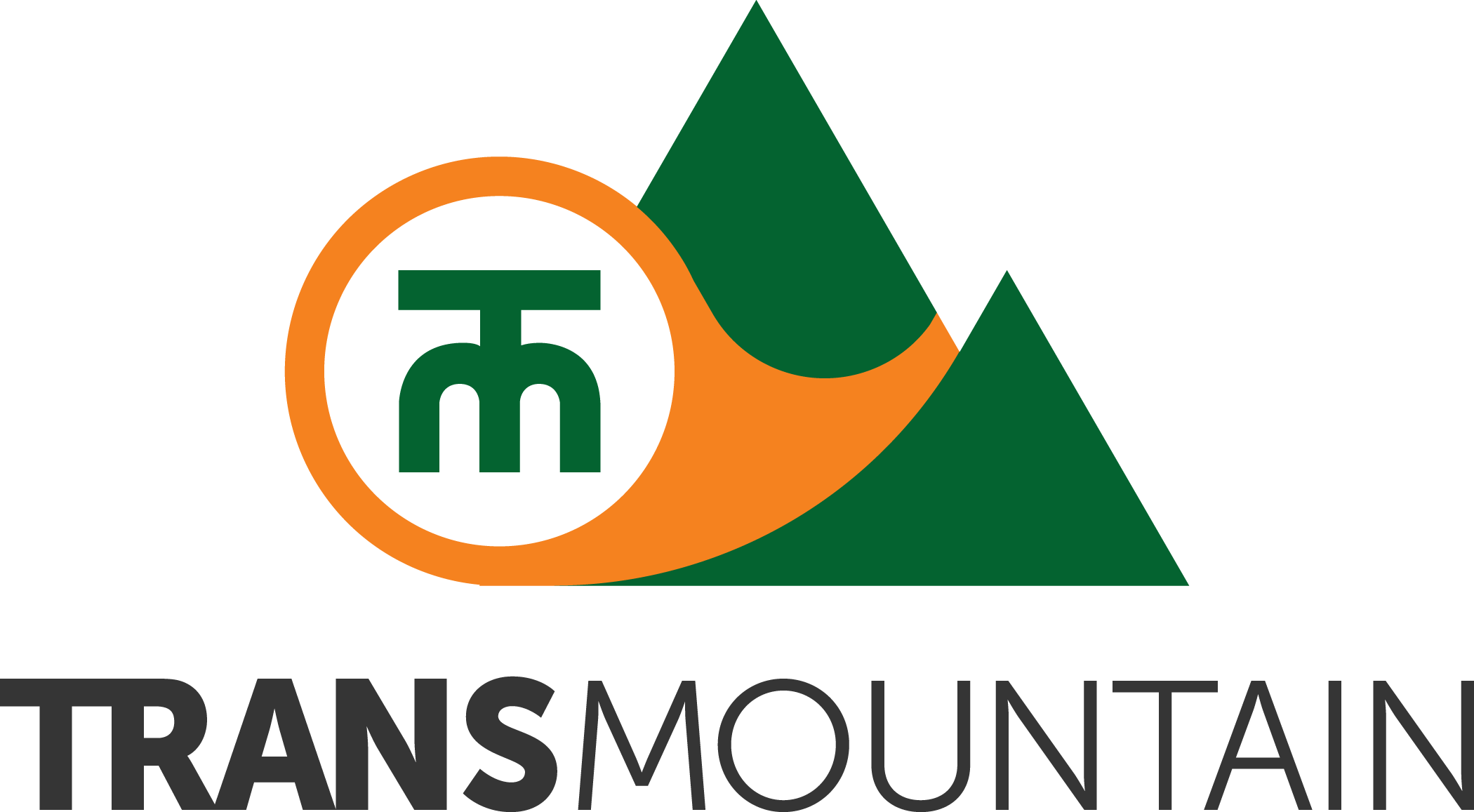

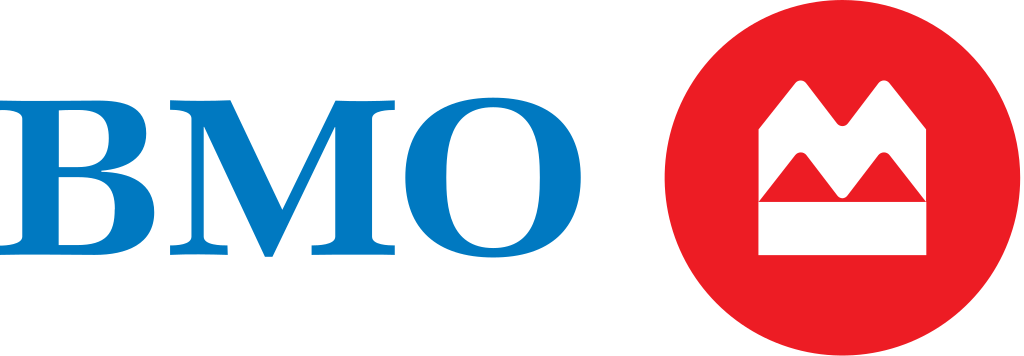
connect with us